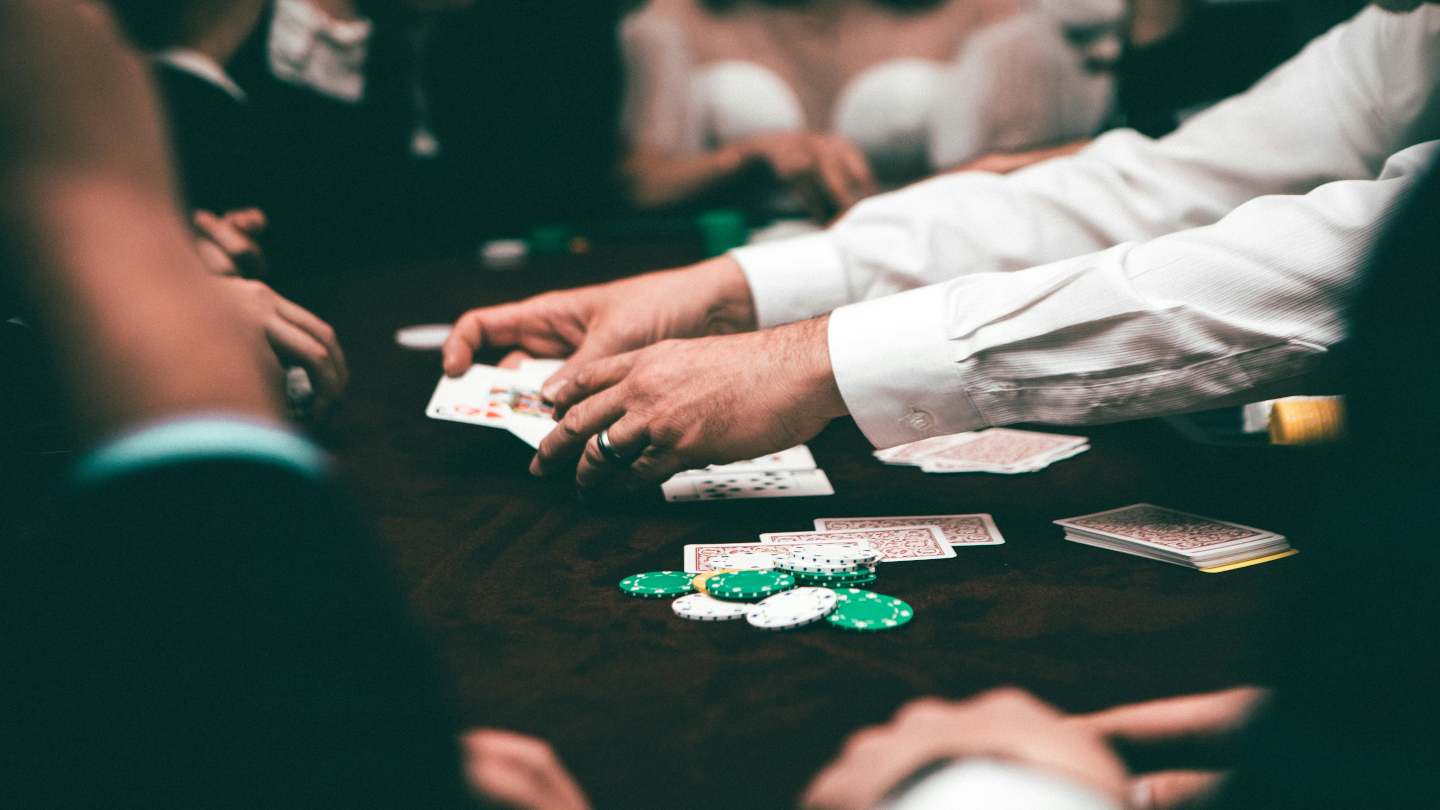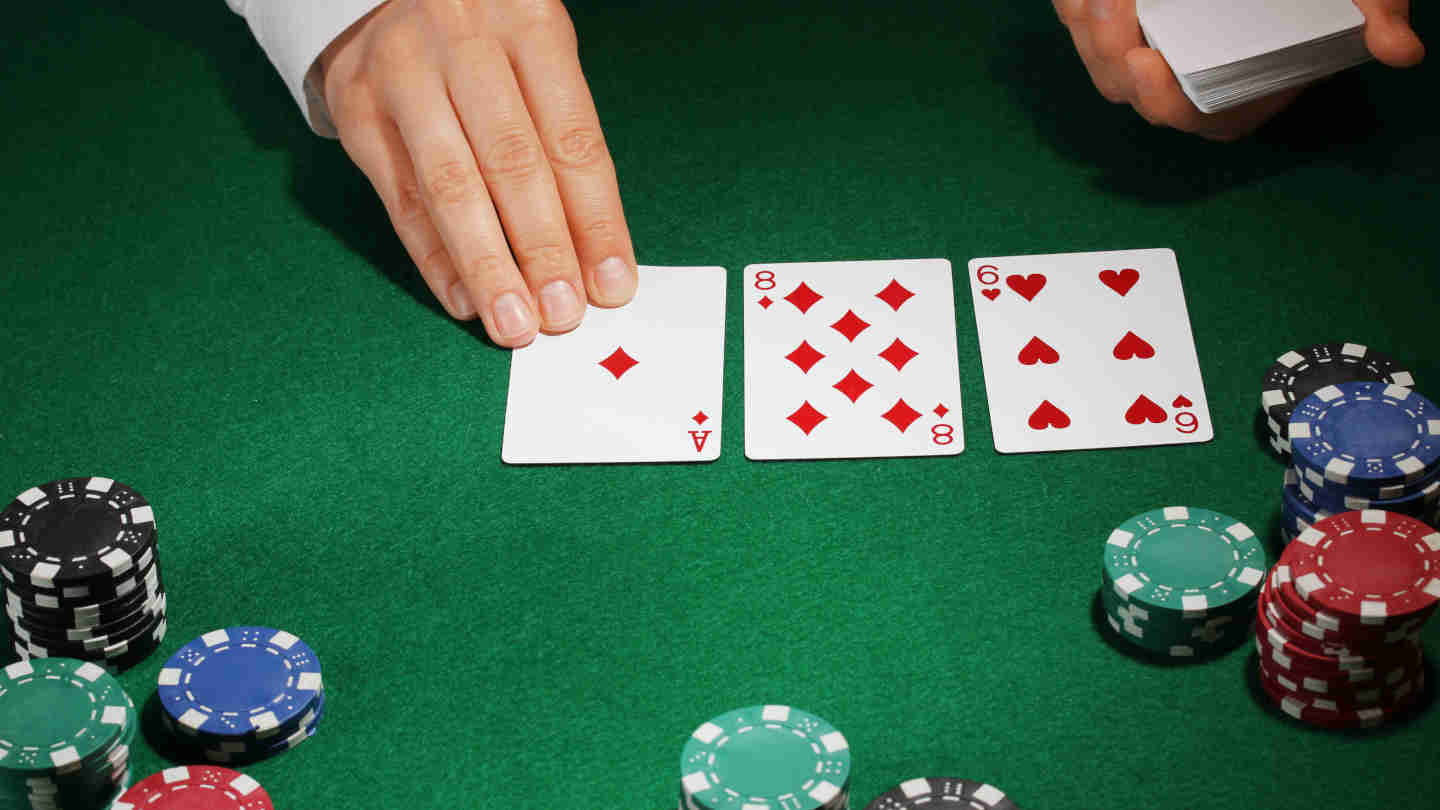Overbetting in Poker – When Should You Overbet in Your Games?

5 minutes
Poker is a game of strategy and psychology where players are required to make calculated decisions based on incomplete information.
One of the most effective ways to gain an advantage at the table is by using the correct bet sizing.
For this reason, overbetting, i.e. betting more than the size of the pot, can be a powerful tool in your arsenal if used correctly.
In this article, we will explore the situations in which overbetting in poker can be advantageous as well as all the factors you should consider before you employ this strategy.
What Is Overbetting in Poker?
Overbetting is a poker strategy where a player bets more than the size of the pot. In other words an overbet occurs when a player decides to use a bet sizing bigger than the current size of the pot. A simple example of an overbet in poker would be betting $50 when there is only $40 in the pot.
When to Overbet in Poker
There are three situations in which you can use an overbet as a part of a viable poker strategy:
- When you have the nut or range advantage
- When your opponent’s range is capped
- When the turn or the river card is a brick
As you can see, overbetting is a strategy that is typically used when a player has a polarized range, meaning they either have a very strong hand or nothing at all.
The idea behind overbetting in poker is to bet aggressively with your strongest hands and best bluffs, which may include bluffs with big draws or containing key blockers.

With this said, if a player has a range that consists of middle-strength hands that are if his range is capped, he should refrain from overbetting.
Finally, the goal of overbetting is often to build a large pot and potentially set up a river shove when playing deep stack.
By overbetting on one of the earlier streets, players can increase the size of the pot and potentially set up a shove by the river.
Factors to Consider Before Overbetting in Poker
Before placing an overbet, there are several factors that you need to consider to make the best possible decision:
- Strength of your hand and your perceived range
- The board texture
- Your opponent’s tendencies
- The effective stack size
- Which street you are on
Consider the Strength of Your Hand
The first thing that you want to consider before you make an overbet in poker is the actual strength and the perceived strength of your hand.
Overbetting should generally be implemented only when you have a very strong hand or you have a range advantage over your opponent.
This is because an overbet can put maximum pressure on your opponent and you want to avoid situations in which they will have an easy call with a better hand or in which they might play back at you because they have the range advantage.
In other words, overbetting too frequently or with a weaker hand can make your strategy predictable and leave you vulnerable to counter-moves from your opponents.
Pay Attention to the Board Texture Before Overbetting
Secondly, the board texture and the likelihood of your opponent having draws should also be taken into account.
If the board is highly coordinated with many potential draws, overbetting may not be as effective since your opponent is more likely to have a strong hand or a draw that he will not fold.
In these situations, it is better to go with normal bet sizing or even check-raising to extract maximum value from your opponent or to bluff them off their hand.

Take Your Opponent’s Tendencies into Account
Another factor to consider before overbetting is the tendencies of your opponents. Overbetting can be an effective way to exploit opponents who are prone to folding to big bets or exploit opponents who do not pay attention to the bet sizing.
For example, if your opponent often folds just because he is facing a big bet, overbetting can be used to bluff them out of the pot.
At the same time, if your opponent does take into account bet sizing when making his decision, overbetting can be a great way to extract more value from them when you have a value hand.
Make Sure You Know the Effective Stack Size Before Overbetting
You should always take into account the effective stack size before you decide to overbet. If the effective stack is too shallow, your overbet might lose its effectiveness.
For example, if you overbet, and your opponent’s stack size is only slightly bigger than your bet, you are making his decision pretty straightforward. He only needs to decide whether he will go with his hand or not.
This is contrary to situations in which your opponent has a big stack. Here, he not only needs to make a tough decision against an overbet on the current street, but also has to plan what to do with his hand on future streets.

Consider How Far into a Hand You Are
The street you are on is also an important factor to consider before implementing overbet poker. Generally, overbetting is more effective the further you are in the hand, which makes the river the optimal street for overbets.
However, overbetting on earlier streets, that is on the flop or the turn, can also be effective in certain situations. For example, if the board is very dry and unlikely to have improved your opponent’s hand.
Final Thoughts on Overbetting in Poker
In conclusion, overbetting is a high-risk, high-reward strategy that can be a powerful tool in a skilled player’s arsenal.
For you to effectively incorporate it in your game, you must take into account various factors such as poker hand strength, board texture, and stack sizes.
When used correctly overbetting can be a great way to keep your opponent guessing while under a lot of pressure. This will help you extract maximum value from strong hands and put your opponents into tough spots with mediocre ones.
However, you should also be aware of the potential risks that overbetting brings, such as exposing yourself to costly losses or becoming predictable to observing opponents.
Overall, you don’t need to have an overbetting strategy in your arsenal to be a winning poker player, but if you do and you apply it correctly it will increase your returns.
- Poker Squeeze Play – Which Hands Make the Most Sense for Squeezing? - August 10, 2023
- How to Play Low Pocket Pairs in Texas Hold’em - July 29, 2023
- How to Make Deep Runs in MTTs More Often - July 22, 2023














